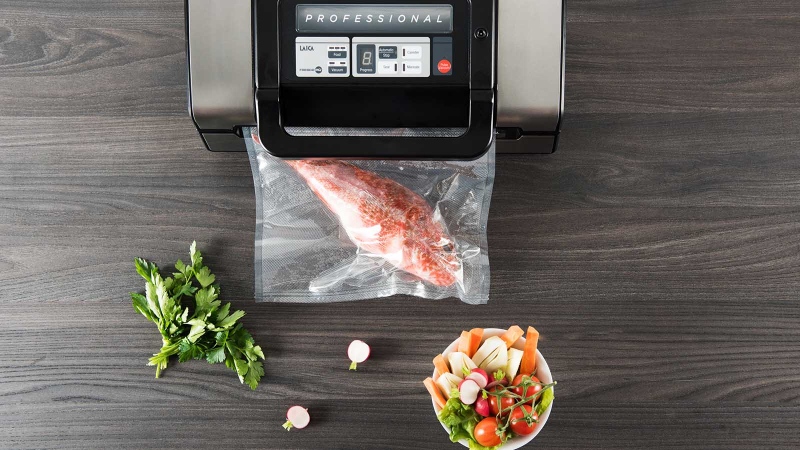
Under pressure – The basics of sous-vide cooking
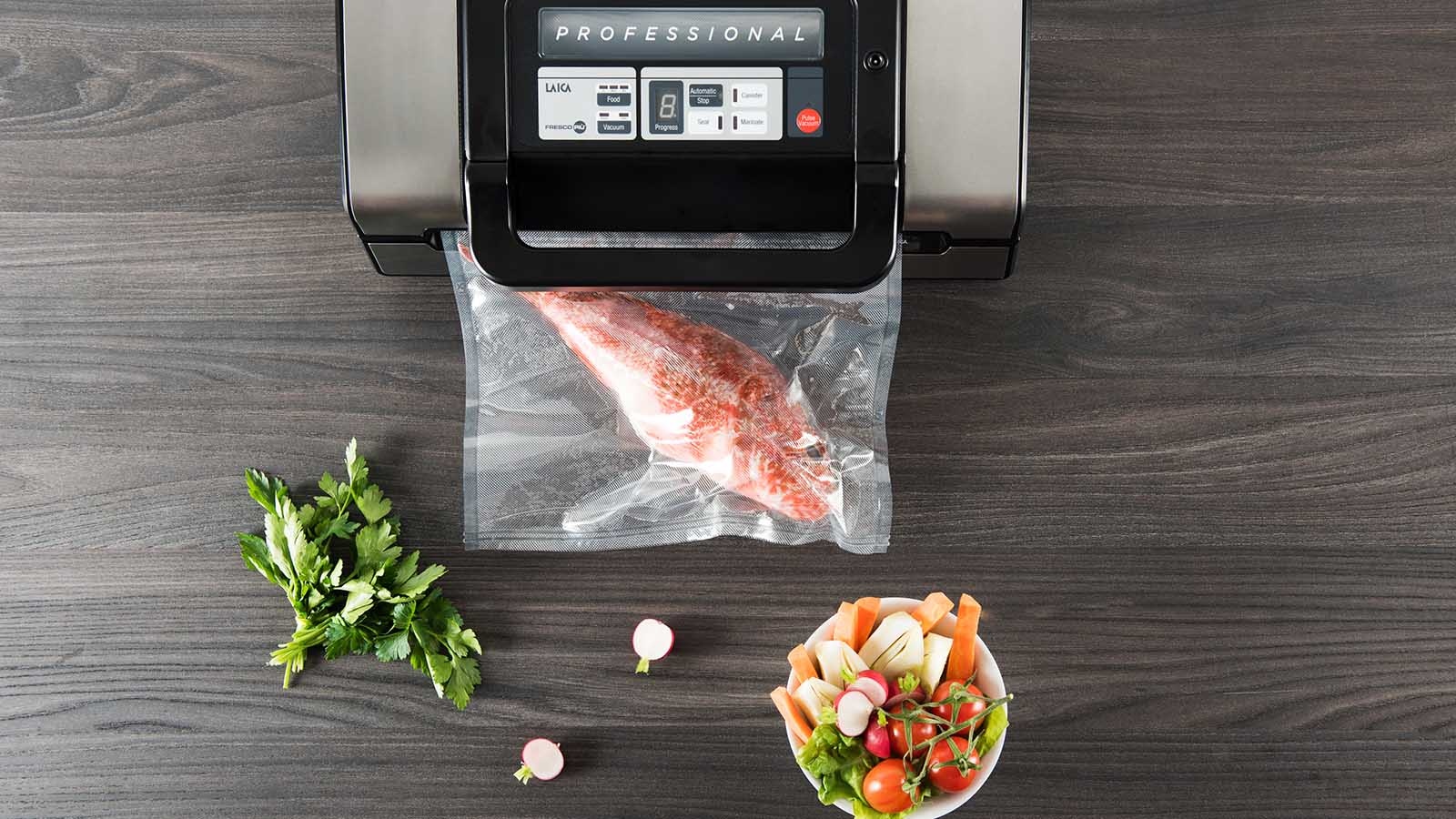
Sous-vide is a word you have surely seen on a restaurant menu or heard in a cooking show. It sounds classy and mysterious, but what does sous-vide really mean? Read on and learn the basics of this amazing cooking method!
Food engineering experts in the ’60s experimented with alternative preservation methods to canned food. Their aim was to be able to preserve food without damaging the integrity and freshness of its ingredients, without using artificial preservatives. One of these solutions was the method of vacuum packing: in vacuum, the shelf life of food greatly increases as the growth of organisms responsible for food spoilage is limited by the reduced amount of oxygen.
The implications of this innovation were important for the world of cooking as well, as preserving ingredients and keeping them fresh is a crucial aspect of any professional cooking environment. As well as being a great preservation method, chefs realized that vacuum packing greatly affects the flavor and texture of food.
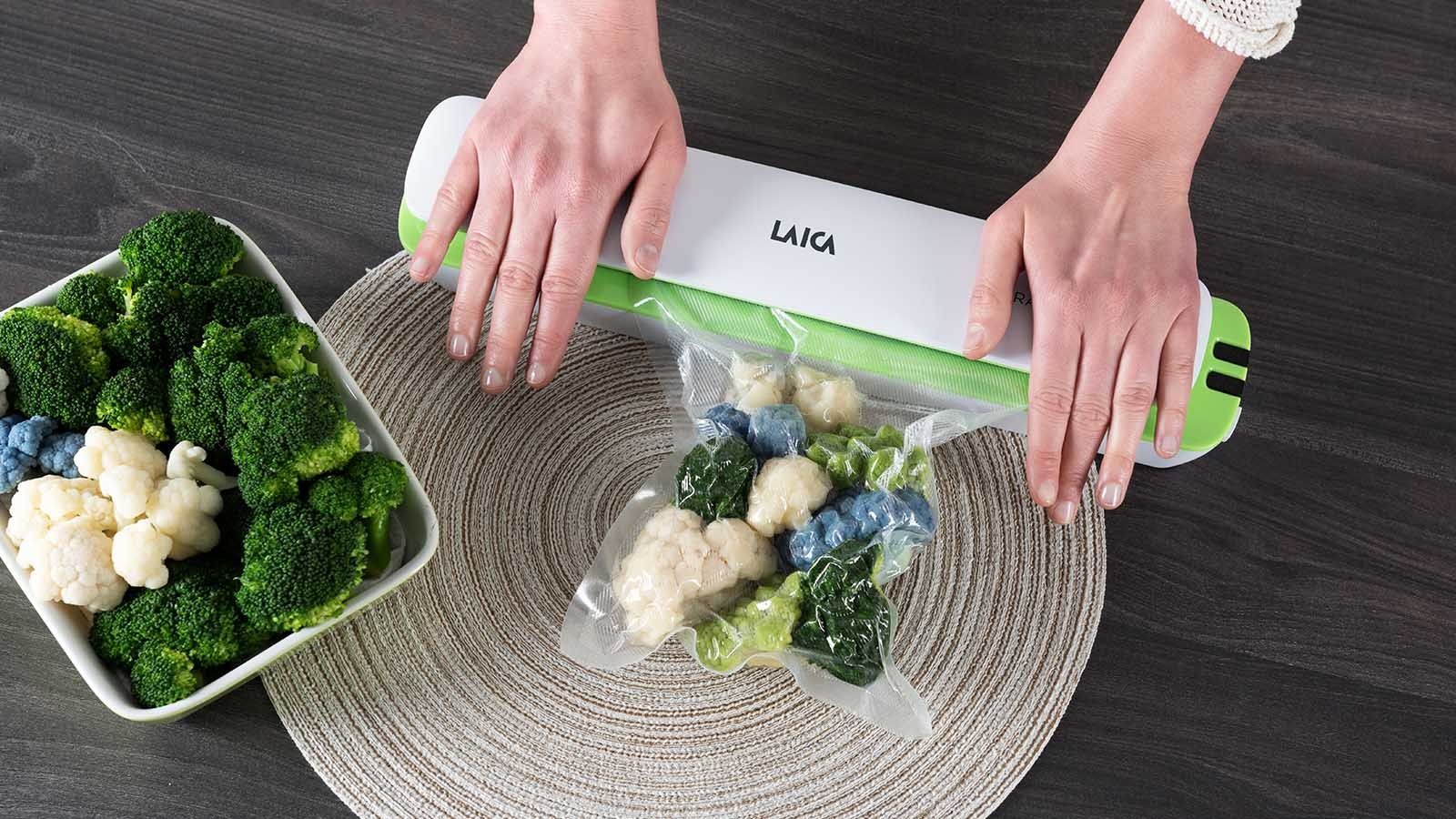 The reason for this is simple: substances responsible for taste aren’t lost, as they are kept under pressure by vacuum. But that’s not all. Ever since the 1800s it’s been common knowledge that slow and low temperature cooking results in a cooking process that is much easier to control: heat is administered evenly and carefully to food, lowering the risk of burning it.
The reason for this is simple: substances responsible for taste aren’t lost, as they are kept under pressure by vacuum. But that’s not all. Ever since the 1800s it’s been common knowledge that slow and low temperature cooking results in a cooking process that is much easier to control: heat is administered evenly and carefully to food, lowering the risk of burning it.
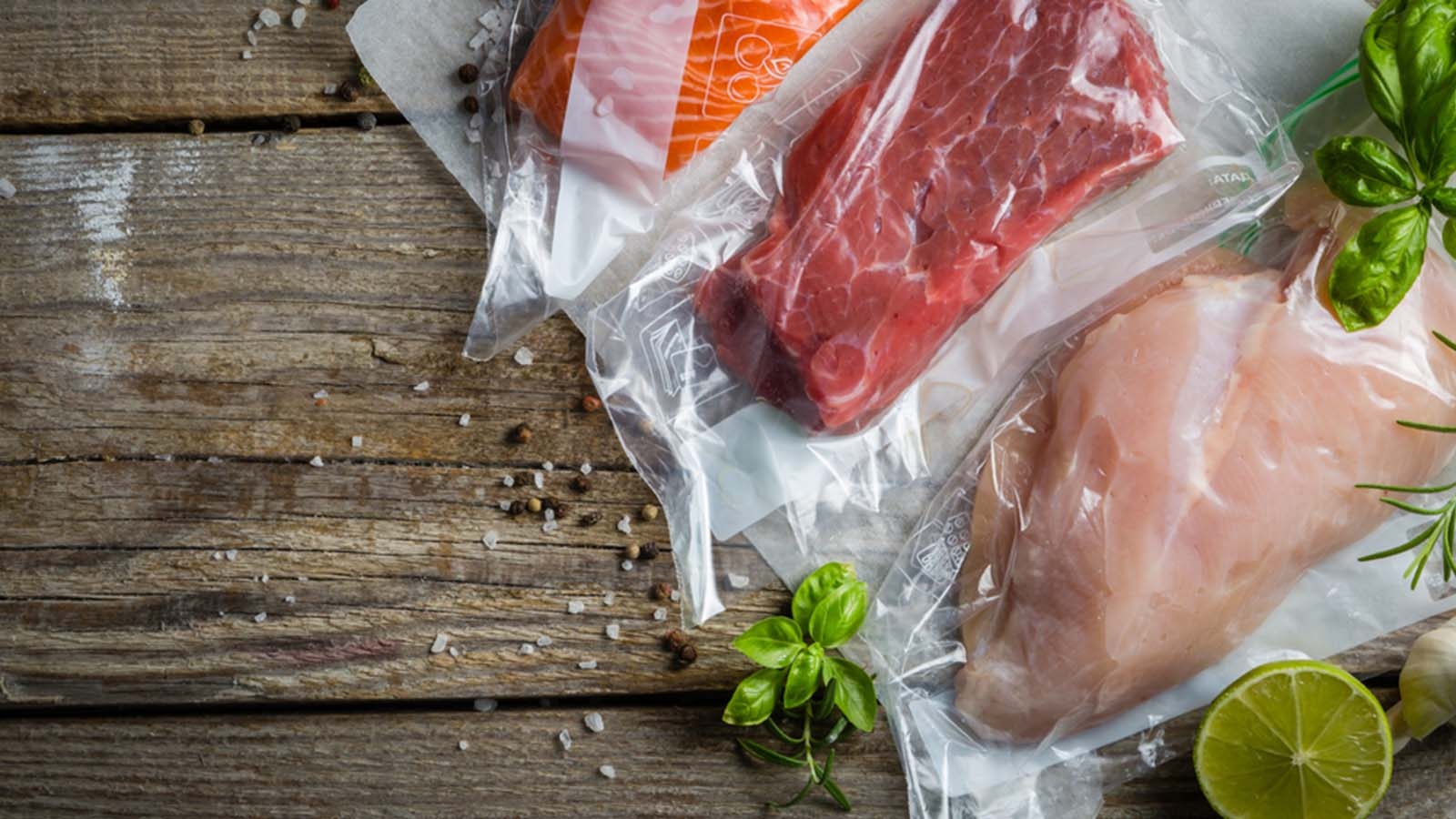 Sous-vide takes slow cooking to the next level. Knowing that water is a great conductor of heat, instead of using the oven, chefs began to cook vacuum packed food with water. What they discovered is that meals prepared this way had a much more intense taste and amazing texture. Ingredients could also be stored for up to two months without showing signs of spoilage. Ideal result can only be achieved if water is kept at a constant temperature. This is where sous-vide baths and thermal immersion circulators come into play. A sous-vide bath has a built-in circulator pump and heating element, whereas the thermal immersion circulator can be used with any type of cookware for the same effect. It’s recommended, however, that the circulator does not come in contact with the bottom of the cookware you are using it with. The development of these devices helped sous-vide make its way into restaurants and homes.
Sous-vide takes slow cooking to the next level. Knowing that water is a great conductor of heat, instead of using the oven, chefs began to cook vacuum packed food with water. What they discovered is that meals prepared this way had a much more intense taste and amazing texture. Ingredients could also be stored for up to two months without showing signs of spoilage. Ideal result can only be achieved if water is kept at a constant temperature. This is where sous-vide baths and thermal immersion circulators come into play. A sous-vide bath has a built-in circulator pump and heating element, whereas the thermal immersion circulator can be used with any type of cookware for the same effect. It’s recommended, however, that the circulator does not come in contact with the bottom of the cookware you are using it with. The development of these devices helped sous-vide make its way into restaurants and homes.
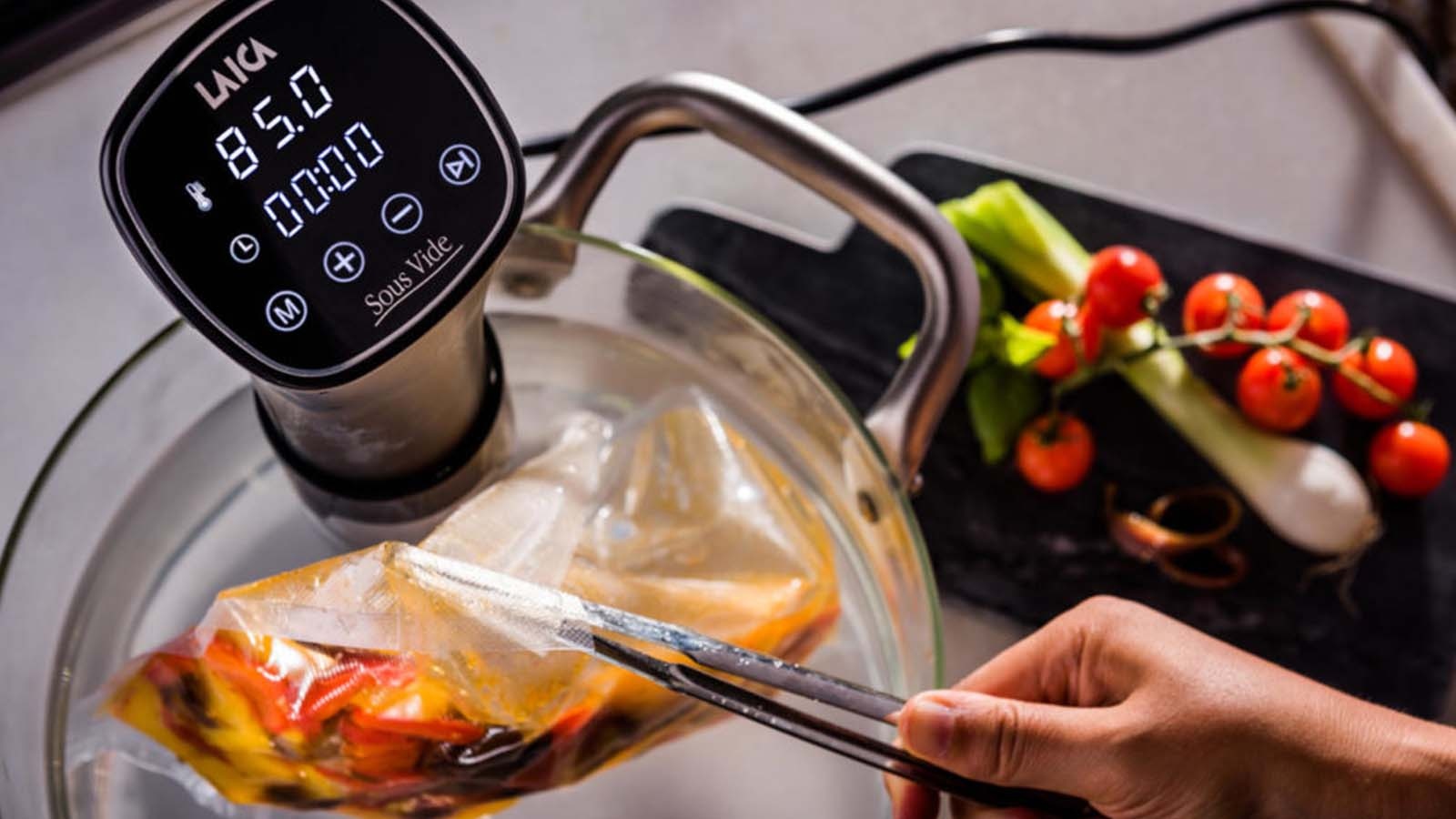 How do these devices work? Set your desired cooking temperature, set how long you would like to maintain this temperature, and that’s it. The device will make sure temperatures stay constant by heating and circulating water.
How do these devices work? Set your desired cooking temperature, set how long you would like to maintain this temperature, and that’s it. The device will make sure temperatures stay constant by heating and circulating water.
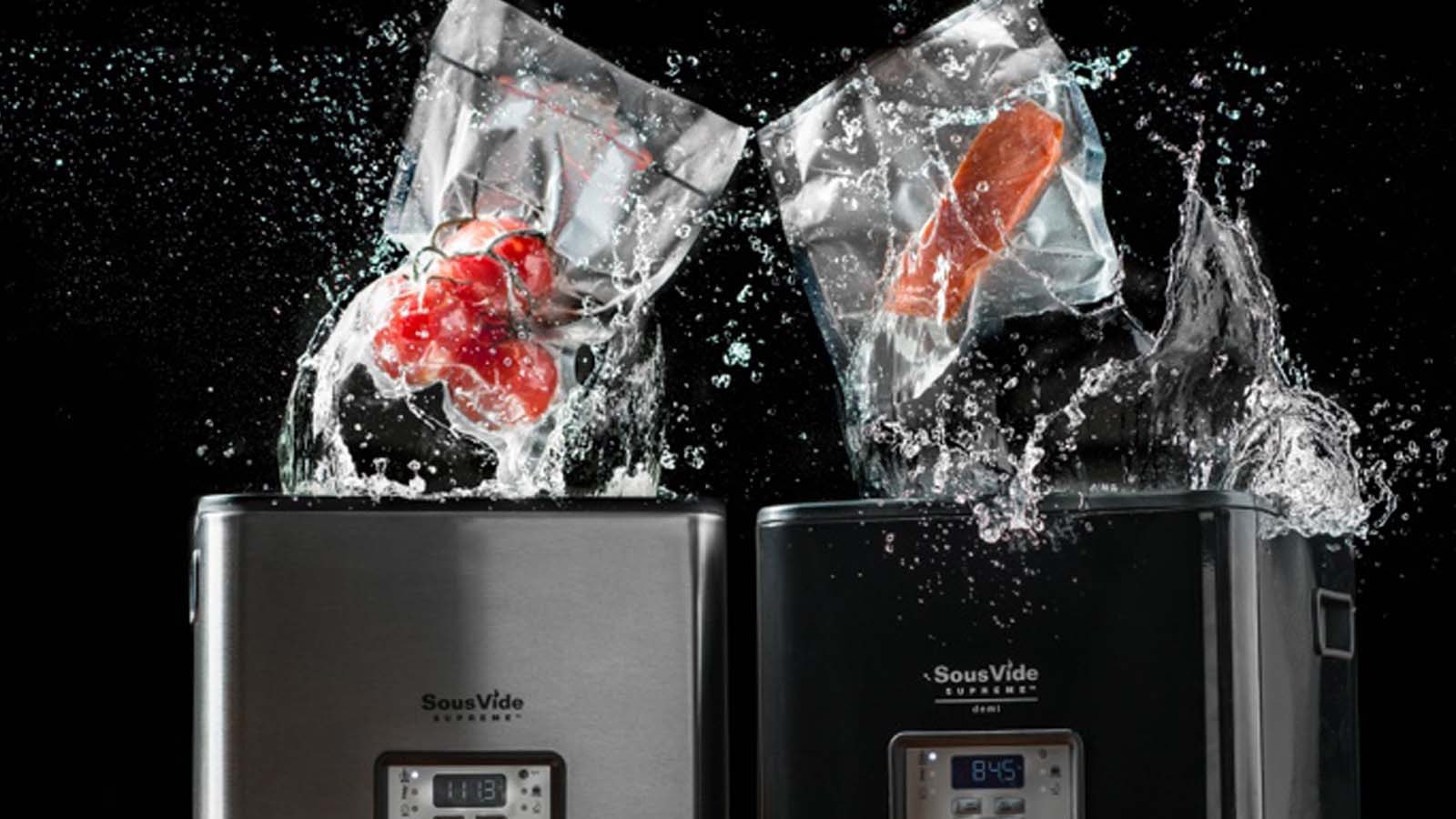 Vacuum sealing devices are also available to the public. Vacuum packed food stays fresh for a longer period, and you won’t have to pack everything up in inconvenient boxes that take up all the space in your fridge. It will also be easier to portion food. Vacuum packing keeps your kitchen spotless: for example, if you put vacuum sealed meat in the freezer, defrosting it will be a clean and happy experience.
Vacuum sealing devices are also available to the public. Vacuum packed food stays fresh for a longer period, and you won’t have to pack everything up in inconvenient boxes that take up all the space in your fridge. It will also be easier to portion food. Vacuum packing keeps your kitchen spotless: for example, if you put vacuum sealed meat in the freezer, defrosting it will be a clean and happy experience.
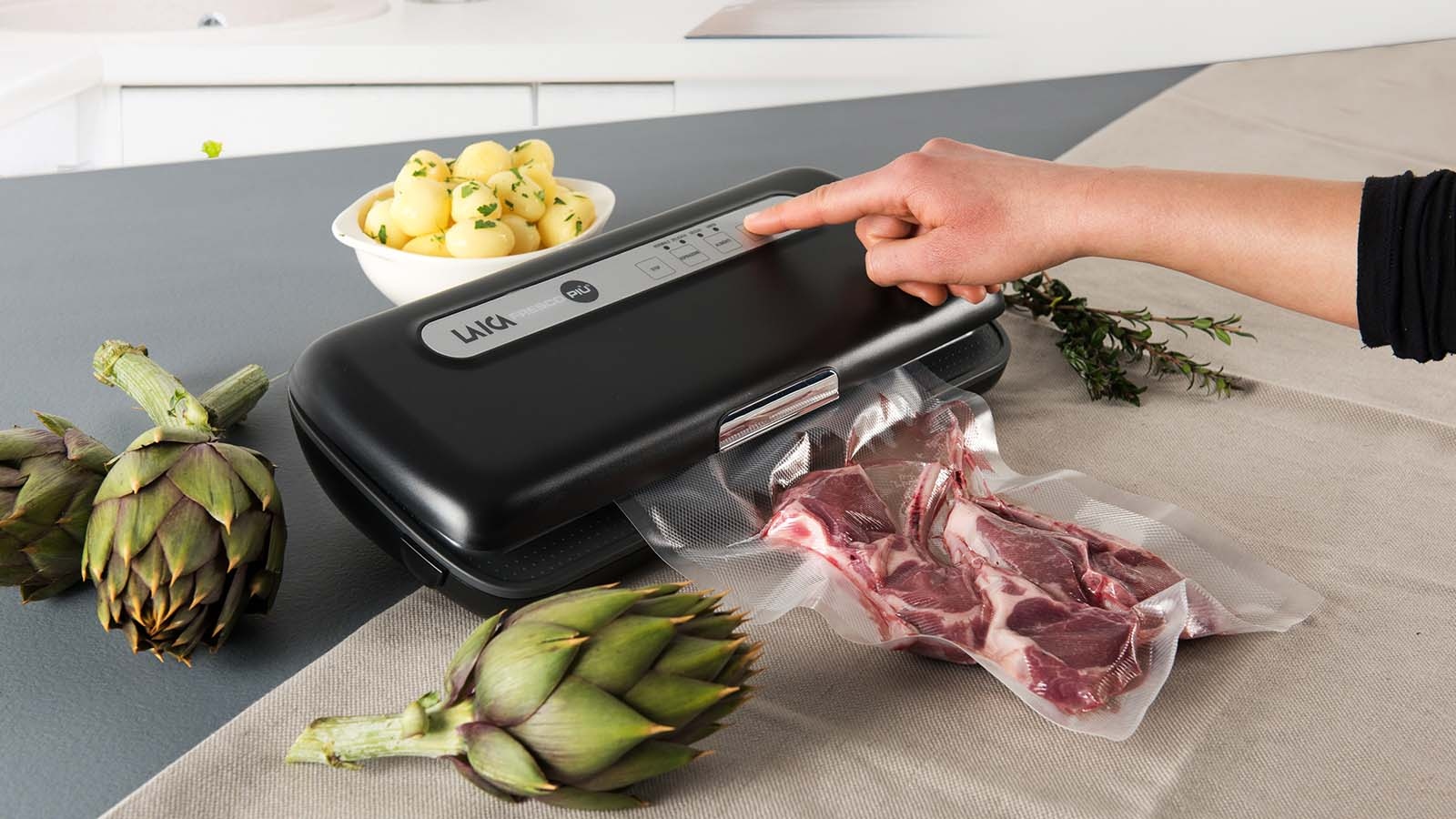 Now that you are familiar with the method of sous-vide cooking, there’s only one thing left before you can become a master chef: experimenting! Sous-vide is a slow cooking process, meaning that it takes time to prepare food, but it also prompts you to get familiar with ingredients. You will be inclined to test different ways to prepare meals: how about frying your meat before vacuum packing it? Or try using different cooking temperatures for different ingredients. Why not pack a piece of garlic or some parsley together with the meat? These are just a few examples of the endless possibilities you can do with sous-vide.
Now that you are familiar with the method of sous-vide cooking, there’s only one thing left before you can become a master chef: experimenting! Sous-vide is a slow cooking process, meaning that it takes time to prepare food, but it also prompts you to get familiar with ingredients. You will be inclined to test different ways to prepare meals: how about frying your meat before vacuum packing it? Or try using different cooking temperatures for different ingredients. Why not pack a piece of garlic or some parsley together with the meat? These are just a few examples of the endless possibilities you can do with sous-vide.
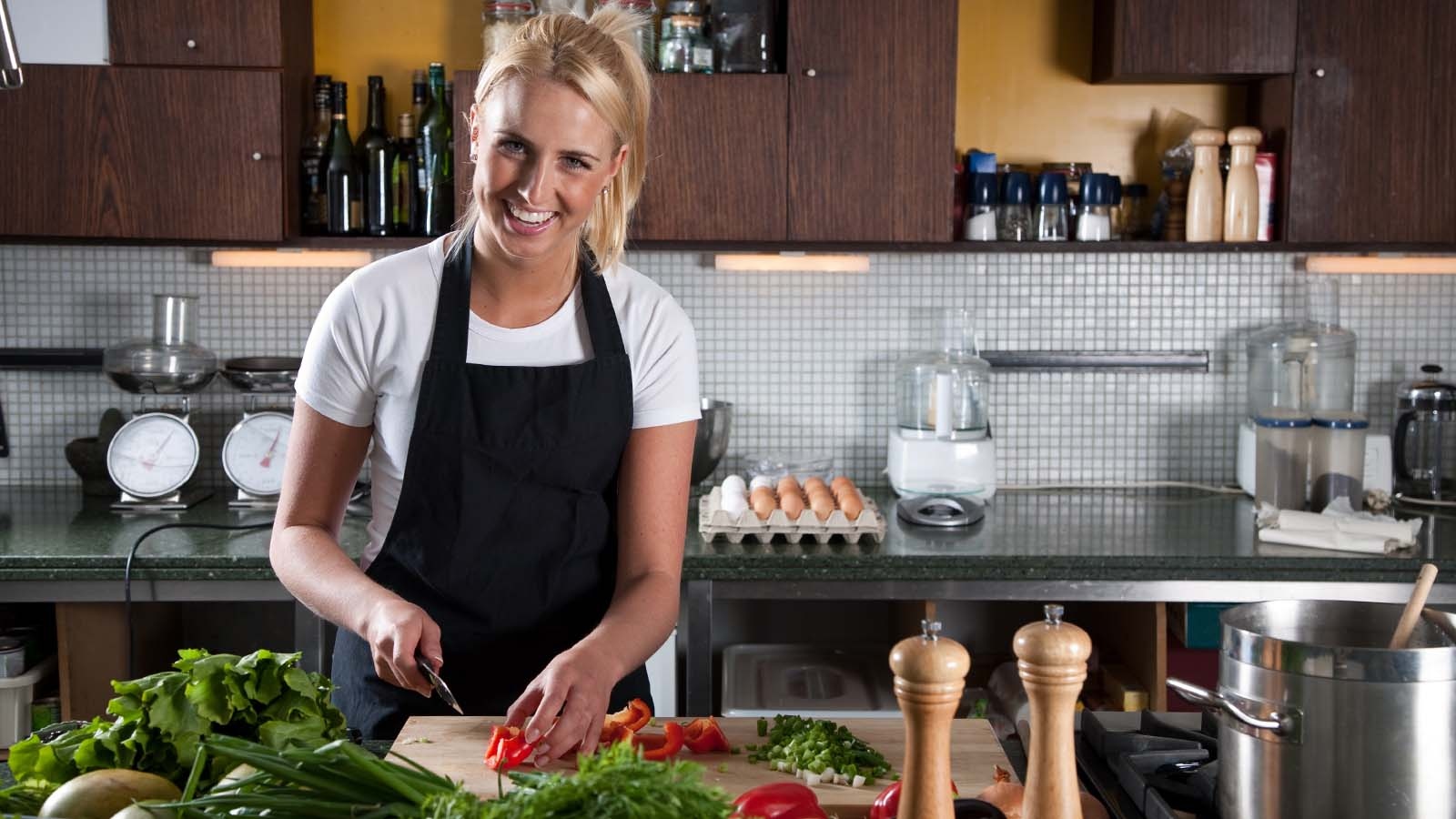 You can learn a lot more about sous-vide at Kitchen Show from our exhibitors LAICA and Sous Vide Hungary. They offer detailed insight into the world of sous-vide, and if you are really determined to try it out, you can buy your first sous-vide device at their stands!
You can learn a lot more about sous-vide at Kitchen Show from our exhibitors LAICA and Sous Vide Hungary. They offer detailed insight into the world of sous-vide, and if you are really determined to try it out, you can buy your first sous-vide device at their stands!
